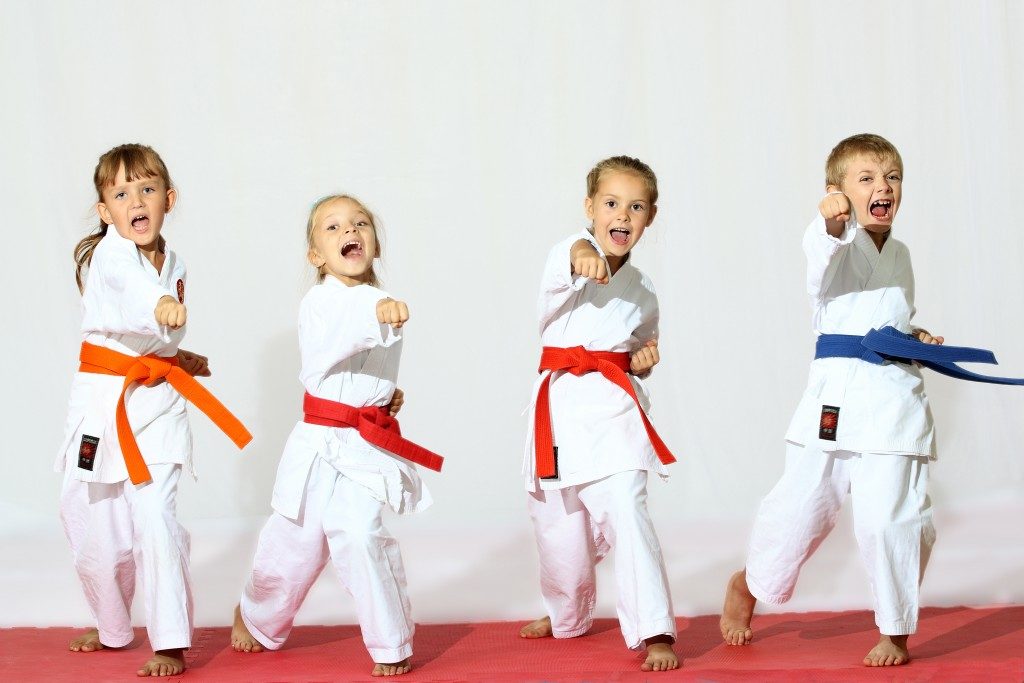Over the years, countless studies have shown that physical activity is capable of boosting brain and body functions, so it is not surprising that regular exercise can improve a child’s performance at school. One hour of physical activity per day is the minimum requirement for a child to notice a significant and long-term benefit to their health. According to the Centers for Disease Control and Prevention (CDC), the problem is that most children don’t meet the minimum one-hour requirement. What’s worse is that more kids are growing up overweight or obese.
Although schools have sport as part of their curriculum, parents have a responsibility to find ways to add physical activities to their child’s daily routine. Methods can involve both the carrot and stick approach, such as cutting down on their time allowed social media or gaming to setting household chores and finding fun sporting activities to join.
Get Them Moving
Encouraging physical activity is crucial for your child’s development and growth. The fitness of your child will determine what level of physical activity to follow. You need to make sure that your child will be able to do the activity without injury or too much stress. Find activities that are fun so they will look forward to doing them. To start, think of moderate aerobic activities like dance, running, swimming or biking. As they become more confident, they can increase the intensity. Playing sports and active games involving jumping, skipping, and hopping are great physical activities. A good coach will be able to identify the level of fitness and set specific levels of achievement. Whether in Augusta in Maine or Phoenix, Arizona, attending team sport practice after school, or learning the discipline of movement at your local dance company, provides structure and motivation for a more active lifestyle.
Fun When Young
Younger children between three and five years old lean towards short bursts physical activity with short rest in between; older kids can join in structured physical activities for longer durations. Variety is key when engaging small kids in physical activity. You can play catch in your garden, start them learning how to ride a bike around the neighborhood, encourage them to climb trees or climbing frames in the playground or have them go with you to walk the dog. Teams, clubs, or playgroups in your area will not only have them running around enjoying playing; they will also encourage friendship and interaction with other people.

Encouraging the Competitive Spirit
As your child becomes older, you want them to become increasingly self-motivating, so you are not seen as nagging or forcing one hour of physical activity upon them. For most days, moderately intense exercise like swimming or jogging is sufficient and can be promoted as improving their stamina if they compete in a sport. Not everyone likes sports, so if they are not into team games like basketball, soccer or volleyball, and can’t stand racket sports such as tennis or badminton, maybe the non-competitive environment of biking, running or swimming laps offers a more attractive option. Your child should also consider strength activities such as weights, yoga, pilates, gymnastics, and burpees, among others. Instructors at the local gym will be eager to advise.
The Bottom Line
Encouraging physical activity and exercise is the most effective way to ensure the overall health of your child. If possible, make sure your kid gets the one-hour daily minimum requirement daily. Not only will this boost your kid’s health, it will help their school performance as well.

